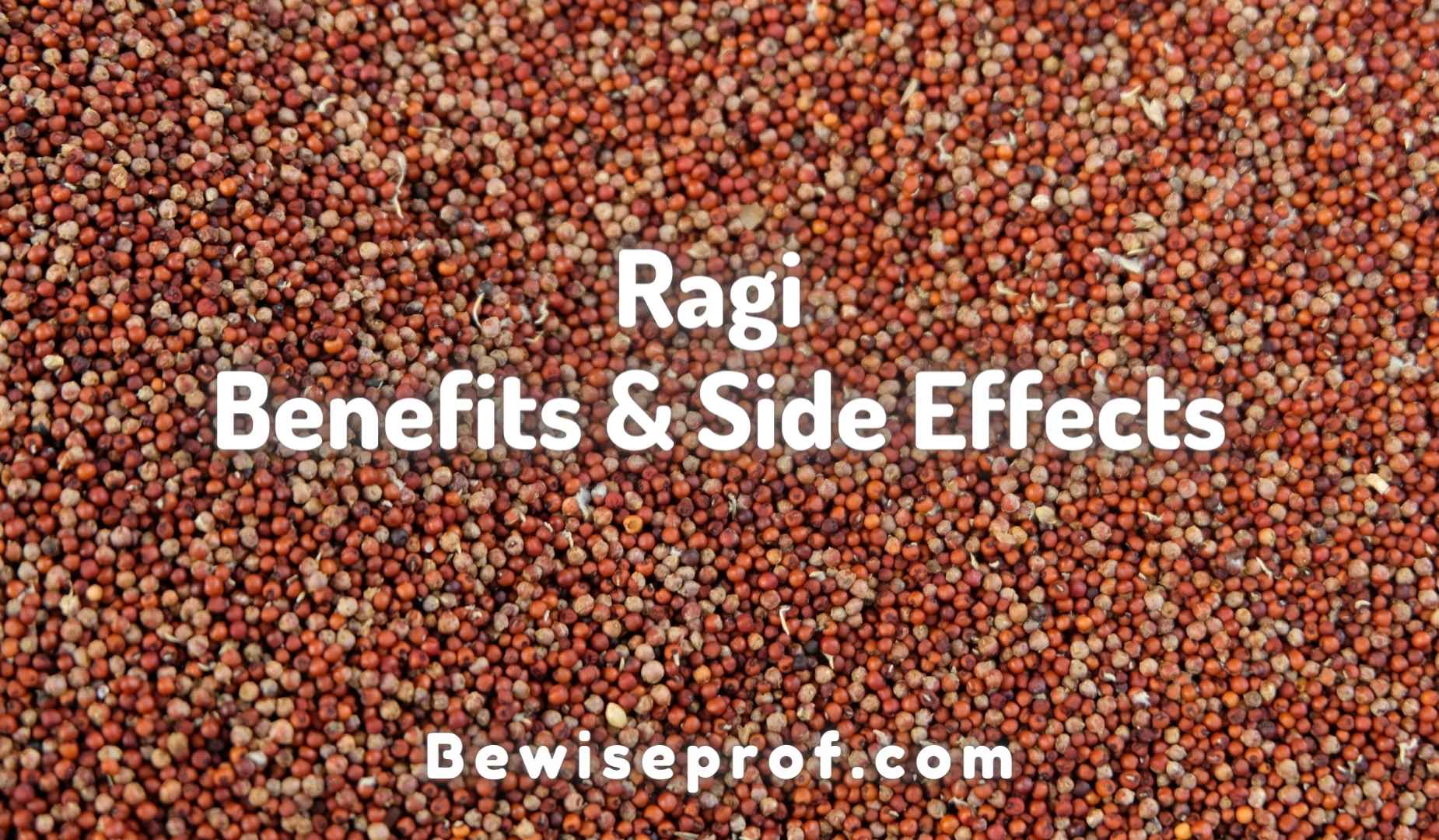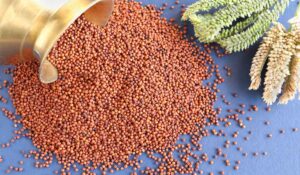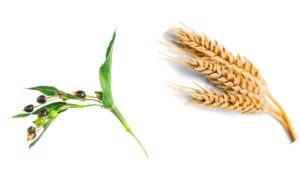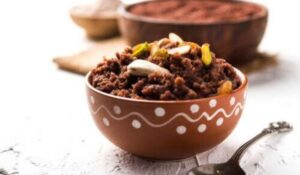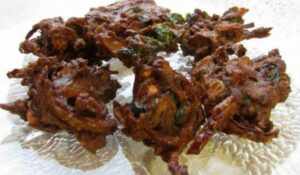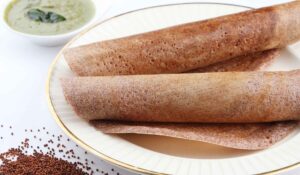Many Indians are familiar with Ragi (or finger millet), especially those in the south. It isn’t common in modern diets.
It is both surprising and disappointing, given ragi’s therapeutic and nutritional properties. It is also a highly adaptable crop that is well-suited to Indian climate conditions, which makes it even more important.
Let’s look at the nutritional and health benefits of ragi, and then we will share some tasty recipes that you can try today!
What is Ragi?
People in rural India and the southern regions of India eat ragi (or finger millets) which are coarse food grains. Ragi grains are used to make flour with half the amount of wheat. It is used for various beverages due to its high fermentation quality.
Ragi Nutrition
A 100g Ragi serving contains the following nutrients:
- 80 grams carbohydrates
- 13 grams of protein
- 0.6 grams sugar
- 2.7g of dietary fiber
- 3.4g of fat
- Monosaturated fat: 0.7g
- 2 grams of polyunsaturated fat
- 354kcal Calories
Ragi Benefits
Ragi is rich in nutrients such as calcium, magnesium, and iron. Ragi has a higher nutritional value than plain white rice and wheat flour. These are the top ragi benefits.
- It helps with constipation relief
Ragi is high in dietary fiber, which makes ragi foods easy to digest. It facilitates bowel movement and provides relief for constipation.
- Prevents osteoporosis
Research indicates that people who have low calcium levels are more likely to break bones. Calcium is essential to keep bones strong and prevent osteoporosis.
research shows that finger millets have the highest amount of calcium out of all cereals. 100g of Ragi contains 344mg of calcium, which helps to increase bone density.
- Anemia treatment:
Ragi is also rich in iron. 100g of Ragi contains 3.2mg iron. Anemia is caused by iron deficiency. Ragi foods can be added to your diet to treat it.
- Helps to regulate blood pressure
Research indicates that ragi’s high fiber content makes it a laxative substance that prevents the clogging of blood vessels and arteries. Thus, it regulates blood sugar levels.
Additionally, ragi contain polysaccharides like b-glucan and arabinoxylans. They reduce cholesterol absorption by increasing the viscosity of the element in the stomach.
- Increases metabolism and weight loss.
Ragi’s tryptophan amino acids reduce appetite. Ragi food is slow to digest due to high levels of dietary fiber, which keeps the stomach full for long periods. It helps to prevent overeating and aids in weight loss.
- Reduces skin aging
Ragi contains amino acids such as methionine and tryptophan that protect skin tissues from injury. Ragi helps reduce wrinkles and slow down the aging process. Skin collagen is also boosted by the amino acids found in ragi. It improves skin elasticity and skin health.
Our 10% Niacinamide serum can be used to remove acne marks, and dark patches, and improve skin texture in 2months.
- Ragi for Babies
Calcium is essential for children’s proper growth and development. Ragi, a rich source of calcium, is good for babies. It promotes their growth and develops strong bones. Ragi is also rich in protein, which helps to prevent malnutrition among children.
- Ragi to Diabetes
Ragi is a healthy choice for people with diabetes. research shows that ragi’s high level of dietary fiber helps to regulate blood sugar levels. Ragi is also rich in calcium, phytochemicals, and antioxidants. The body’s blood glucose levels remain stable for longer periods due to this.
Because of its low glycemic index (GI), Ragi can be beneficial to diabetic patients. Research indicates that brown ragi Chapati has the lowest glycemic index.
Ragi vs. Wheat
Although wheat is more widely consumed in India than any other food crop, ragi rotis are becoming increasingly popular due to their high nutritional content. Research shows that ragi Rotis contain more phenolic compounds, calcium, and dietary fiber than wheat.
100g wheat Chapati contains 264 calories, 1.3g fat, 55.81g carbohydrates, 9.61g protein, 486g sodium, and 239mg potassium.
However, 100g of Ragi contains 328 calories, 7.30g of protein, 72g of carbohydrates, 11.50g of fiber, 3.9 mg of iron, 11mg of sodium, and 408mg of potassium.
Ragi Recipe
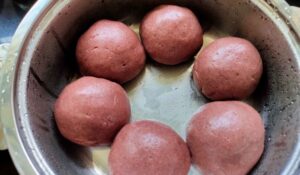
Ragi Ladoo
- At low heat, roast the groundnuts, black sesame, and coconut in a separate pan. Allow them to cool.
- Take out the groundnuts.
- Toast the almonds for about 2 minutes in a skillet with 1 tbsp of ghee.
- In a large skillet, heat 2-3 tablespoons of ghee and roast the Ragi flour for about 15 to 20 minutes. If necessary, add more ghee.
- Add groundnuts, sesame, coconut, and almonds to the top. Stir well.
- Add palm sugar and cardamom powder to the top. Stir for two more minutes.
- Turn off the heat, and allow it to cool.
- Use ghee to make a ladoo with 3-4 tablespoons of the mixture. To make a round, firm ladoo, you can add more ghee.
Ragi Halwa
- Sauté the cashews in a tablespoon of butter. Keep aside.
- Combine the ragi flour and the water.
- Mix the mixture in a large saucepan over medium heat. Stir frequently.
- After 3 minutes, add the cardamom powder.
- Add 2 tablespoons of coconut oil (or butter) to the bowl at a time. Blend until all of the oil or ghee is used.
- Continue to stir for 3-4 more minutes. As the mixture is mixed, it will become more ball-like and pasty. Add the sauteed cashews.
- Continue cooking for 2-3 minutes more, stirring constantly. The oil will separate as the mixture cooks. Transfer the halwa to a bowl. Drain the oil. Serve warm
Ragi Pakoda
- The ginger should be cut into small pieces. Finely chop the curry leaves and coriander. In a bowl, combine the cabbage, capsicums, ginger, coriander, and curry leaves.
- Combine all ingredients in a large bowl: ragi flour (besan), cashew pieces, and sesame seeds; salt, black pepper powder, and chili powder.
- Fry in oil till golden brown. Add 2 tablespoons of oil to the dry mixture. Combine the dry ingredients and the vegetables. Add just enough water to form the dough. Cut ragipakoda into small pieces and fry in hot oil.
- Before serving, garnish with chaat masala.
Ragi Dosa
- Place the dosa mixture on a hot Tava.
- Slowly spread the mixture into a thin circle by lifting and rotating the Tawa. Ragi dosas are more prone to tear when spread using a ladle.
- Oil the center and edges.
- After a few minutes, turn the dosa around.
- After that, transfer it to a plate.
Ragi Side Effects
Although ragi has many health benefits due to its high nutritional value, excessive intake can lead to health problems such as the following:
- An increase in potassium levels: An excess intake of ragi food can cause an increase in potassium levels. It can lead to tingling sensations, nausea, chest pain, and other problems.
- Kidney problems. Ragi’s high protein content is bad for kidney disease patients. It makes it difficult for the body to absorb excess protein.
- Severe constipation. Because ragi are slow to digest, excessive consumption can lead to severe constipation.
What happens when you eat Ragi every single day?
Ragi can lower your blood sugar levels and stabilize your sugar level if taken regularly. Ragi acts as an absorbent. It absorbs starch and lowers digestion. Ragi is also known to reduce anxiety, insomnia, depression, and other symptoms. It could even lower our chances of developing cancer.
What is the English Name for Ragi?
Ragi, also known as finger millet in English, is known as five-finger Ragi. This is because it looks like the five fingers attached to the palm. Its appearance of five spikes on the head of the grain makes Ragi look like the five fingers.
Does Ragi increase weight?
Ragi is a great source of fiber, which can be very helpful to those trying to lose weight. Ragi also helps to prevent obesity. Ragi also controls diabetes in the body, which ensures that the person is healthy and strong.
Who should not eat Ragi?
Ragi is not recommended for people with kidney-related issues, constipation, and thyroid problems. They can cause it to react negatively.
Summarising Ragi
Ragi is a great food crop that can be enjoyed by all ages. Ragi is a great food crop with a high nutritional value per 100g. Ragi is also gluten-free so it can be a vital part of dietary veganism.
It is the ideal diet component for those who are serious about their health and want to eat healthy every day.
